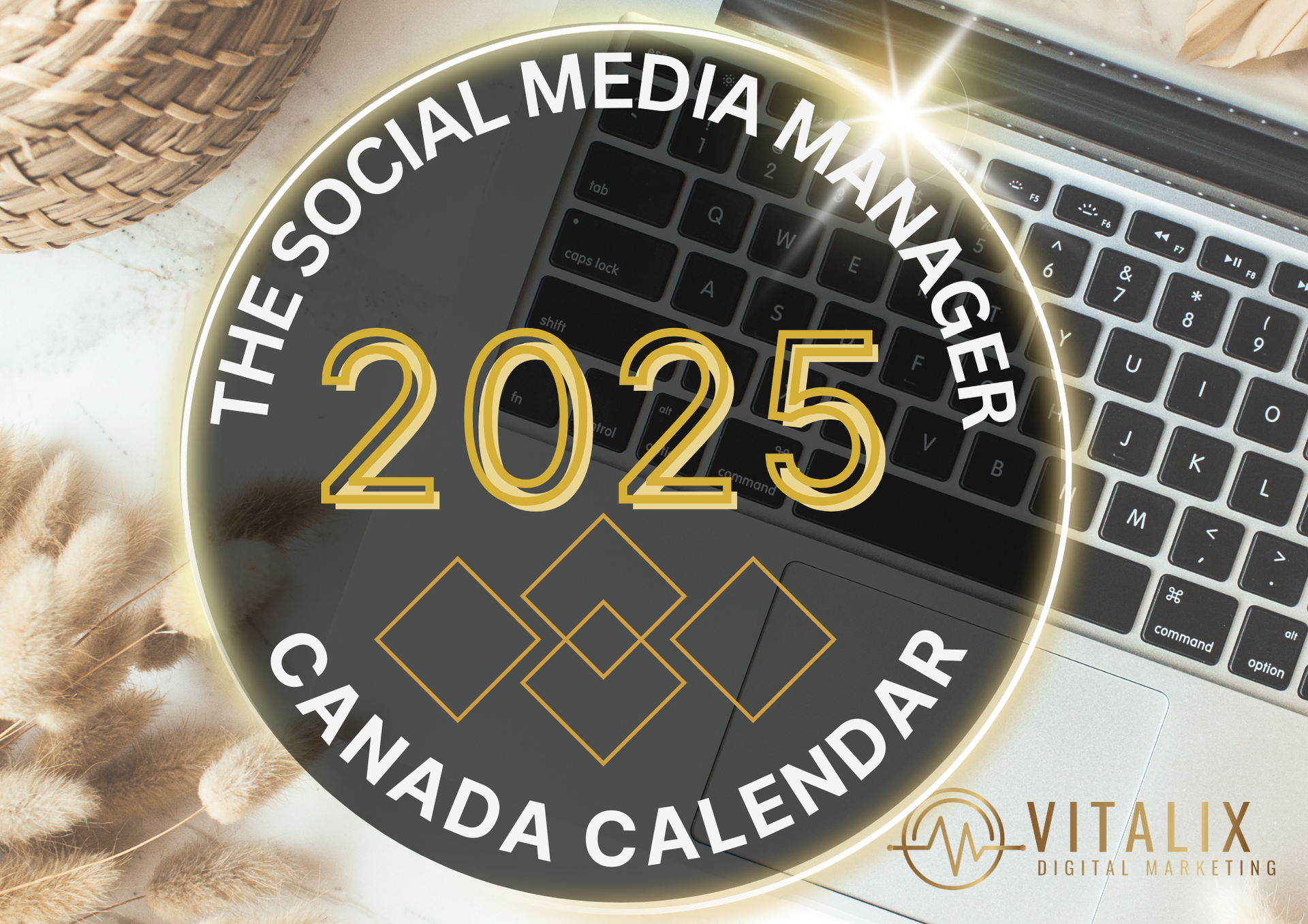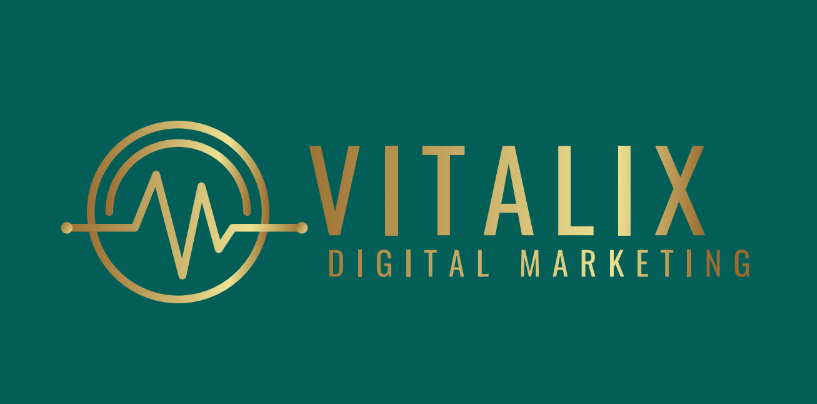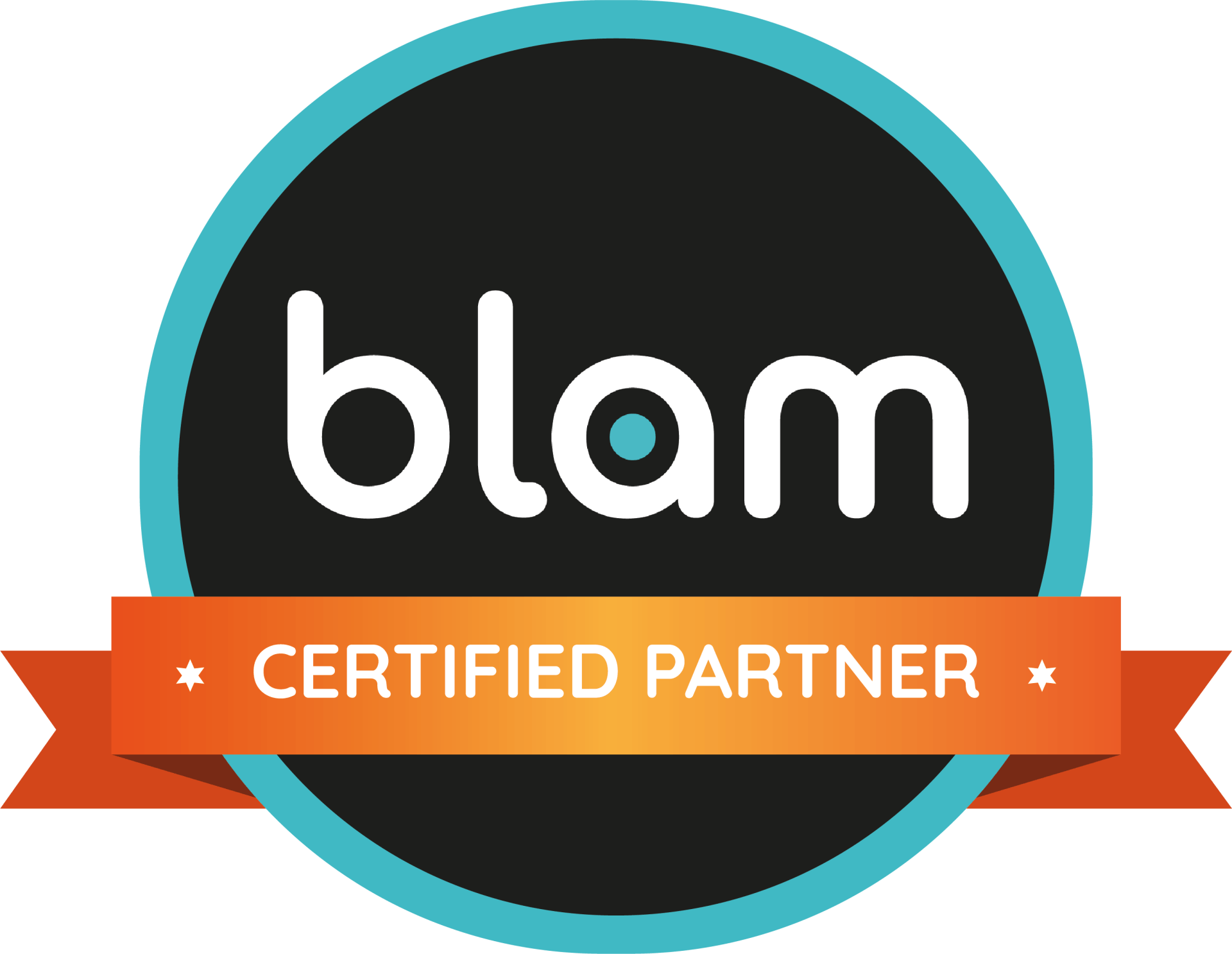Creating and Using Your Social Media Calendar
A Complete Social Media Guide for Business Owners

Stay Organized, Stay Engaged! Discover how a social media calendar can improve your online presence. Start planning today!
Many business owners and social media managers find themselves in a constant struggle with social media—scrambling for content, forgetting to post, or feeling uncertain about what to share. Without a clear plan, managing social media becomes reactive rather than strategic, leading to inconsistent messaging and missed opportunities.
Think of it this way: if you’re cooking a meal, you wouldn’t just throw random ingredients into a pot without a recipe. A social media calendar is like your recipe for effective marketing. It guides you, saves you time, and ensures each piece of content serves a purpose.
In this guide, we’ll walk you through creating and using a social media calendar that keeps your brand consistent, relevant, and engaging. And to make things easier, we’ve included a downloadable social media calendar template listing awareness dates throughout the year. For business owners who need a little extra help, Vitalix Digital Marketing offers DIY, DIWY (Do-It-With-You), and Done-For-You solutions for all your social media needs, from strategic planning to CRM scheduling and automation.
Why a Social Media Calendar Is Essential
The Benefits of Planning Ahead
A social media calendar is more than a fancy spreadsheet—it’s a powerful tool for organization, time management, and strategic growth. Without a calendar, social media can feel overwhelming, especially when you're trying to keep up with daily tasks. Here’s what’s in it for you and your business:
- For You, the Business Owner or Marketer: Planning in advance gives you back precious hours. Instead of scrambling to post every day, you can batch-create content, freeing you up for other responsibilities and real-time engagement.
- For Your Customers: Consistent posting means your customers know they can count on you for valuable content, whether it’s helpful tips, interesting insights, or the latest product updates.
- For Your Business: A structured calendar improves brand recognition, engagement rates, and even boosts SEO by building a stronger, more reliable online presence. With the DIWY solutions from Vitalix Digital Marketing, you can easily schedule posts to multiple platforms using our CRM, keeping your brand consistent and organized with automated efficiency.
Setting Up Your Social Media Calendar
Here’s how to get started with setting up a social media calendar that works for you.
Step 1: Identify Your Goals
Before you start filling in the calendar, take a moment to set clear goals. What are you hoping to achieve on social media? Whether it’s boosting brand awareness, driving website traffic, or generating leads, defining your goals helps shape your content and gives you something to measure against. Vitalix Digital Marketing offers custom strategies tailored to your unique goals, whether you're looking for guidance in a DIY setup or prefer full management support.
Step 2: Choose the Right Tools
To build your calendar, select a tool that suits your needs and comfort level. Here are some popular options:
- Google Sheets or Excel: Simple and flexible, perfect for creating a straightforward calendar.
- Trello or Airtable: Great for visual organization, with drag-and-drop capabilities that make it easy to adjust your schedule.
- Social Media Management Platforms: For those looking for an integrated solution, Vitalix Digital Marketing’s CRM offers a convenient platform to schedule posts across multiple channels, with added features like AI-powered responses to keep engagement high and response rates optimized.
Think of your chosen tool as the “foundation” of your social strategy. Just like a sturdy foundation supports a building, a reliable tool will support your social media planning, making it easier to keep track of and adjust your content.
Step 3: Decide on Posting Frequency and Content Types
The content you post should vary to keep things interesting. Research-backed strategies suggest using a balanced mix:
- 80/20 Rule: 80% of your content should be informative or engaging, while only 20% should be promotional, according to HubSpot.
- Rule of Thirds: Another approach is the “Social Media Rule of Thirds”—one-third promotional, one-third educational, and one-third engaging content. Hootsuite suggests this strategy to keep audiences interested without overwhelming them with sales-focused posts.
Supporting Statistics
- Educational Content Demand: 61% of users prefer educational content (Statista).
- Engagement and Entertainment: 45% of users follow brands for entertaining content (Sprout Social).
- Trust Factor: 81% of consumers say they need to trust a brand to buy from them (Edelman Trust Barometer).
By balancing educational, promotional, and entertaining content, you’re giving your audience a reason to engage regularly without feeling “sold to.”
Boost Your Social Media Game!
From templates to full-service management, we’ve got you covered. Learn more about our services!
Planning for Engagement, Not Just Posting
Too often, businesses focus on posting content without planning time for engagement. But posting without engaging is like throwing a party and ignoring your guests—it’s not a great look!
Schedule Engagement
Include dedicated time in your calendar to respond to comments, share relevant user content, and interact with your audience. Posting interactive content, like polls or Q&A sessions, can also drive engagement and keep followers coming back. And if you’re pressed for time, our CRM at Vitalix Digital Marketing offers AI automation tools that can respond to posts on your behalf, ensuring prompt responses and increased engagement.
Tracking and Adjusting Your Calendar for Success
No social media strategy is complete without a way to measure its effectiveness. Using analytics tools like Facebook Insights, Instagram Insights, or third-party platforms like Sprout Social, track the following metrics:
- Engagement Rate: Shows how well your audience is responding to your content.
- Reach: Indicates how many people are seeing your posts.
- Website Traffic: Tells you if social media is effectively driving people to your site.
Evaluate these metrics monthly or quarterly to see what’s working and where there’s room for improvement. Tracking your metrics helps you make data-driven decisions, ensuring you’re getting the most from your social media efforts.
How to Use the Downloadable Social Media Calendar with Awareness Dates
To help you stay organized and keep your content timely, we’ve provided a downloadable calendar listing key awareness dates throughout the year. Here’s how to make the most of this resource in your social media planning:
Identify Relevant Dates: Look through the list to find awareness days, weeks, or months that align with your industry, audience interests, or brand values. For example, a fitness brand might highlight National Fitness Day, while an eco-friendly company could spotlight Earth Day.
Incorporate Awareness Dates into Your Content Themes: Use these dates as inspiration for monthly or weekly content themes. For instance, if April has several eco-related awareness days, you could plan a month of posts focused on sustainability tips or eco-friendly practices.
Plan Engaging Content Around Dates: Think of ways to engage your audience around these dates. Examples include:
- Educational Posts: Share tips, statistics, or insights related to an awareness day (e.g., Heart Health Month).
- Interactive Content: Create polls, quizzes, or Q&As to involve your audience on relevant topics.
- Promotional Offers: Tie promotions or discounts to particular awareness days that make sense for your brand (e.g., special offers for International Women’s Day).
Combine with Your Existing Calendar: Integrate the awareness dates into your primary social media calendar. This way, you have a well-rounded plan that combines awareness days with your regular educational, promotional, and engaging content.
Review Annually: Awareness dates don’t change much, so this list is a reusable resource. Each year, review the dates and adjust your themes or content ideas to keep things fresh.
Ready to Take Control of Your Social Media?
Download our free calendar and start planning your posts like a pro.
Embracing the Power of a Social Media Calendar
A well-structured social media calendar is more than just a schedule—it’s a tool for consistent branding, efficient time management, and strategic growth. For business owners and marketers, it means less stress, more engagement, and a clear path to social media success. For customers, it means a richer, more engaging experience with your brand.
Vitalix Digital Marketing is here to support you with DIY strategies to get started, DIWY services with our CRM solutions, and full Done-For-You social media management. Take a moment to download the calendar template and start planning. With the right structure in place, you’ll find it easier to connect with your audience, stay organized, and ultimately grow your business’s online presence.
Let’s make this year your best year yet for social media!
FAQ’s
1. Why do I need a social media calendar for my business?
- A social media calendar helps you plan, organize, and track your content in advance, ensuring that your brand stays consistent and relevant. It saves time, reduces stress, and enables you to post consistently, which is essential for building trust with your audience. Think of it as your “roadmap” for social media success.
2. How often should I post on social media?
- The ideal posting frequency depends on your audience and platform. Generally, it’s recommended to post daily on platforms like Twitter, 3-5 times a week on Instagram, and 2-3 times a week on Facebook. However, consistency is more important than volume—posting regularly helps keep your audience engaged and your brand visible.
3. What type of content should I include in my social media calendar?
- A balanced mix of content types is ideal. Research recommends following the 80/20 Rule (80% informative or entertaining, 20% promotional) or the Rule of Thirds (one-third educational, one-third engaging, one-third promotional). This helps keep your audience interested and engaged. Be sure to incorporate educational posts, engaging content like polls or questions, and occasional promotional updates.
4. How do I decide which awareness dates are relevant to my business?
- Look for awareness dates that align with your brand’s mission, values, or audience interests. For example, a health brand might focus on National Nutrition Month, while an environmental brand might highlight Earth Day. Choose dates that allow you to create meaningful, valuable content for your audience.
5. What tools should I use to create a social media calendar?
- Many tools can help you manage a social media calendar, from simple options like Google Sheets and Trello to dedicated platforms like Hootsuite and Buffer. The best tool depends on your needs, team size, and budget. Google Sheets or Trello is great for flexibility, while Hootsuite and Buffer allow you to schedule posts directly.
6. How far in advance should I plan my social media calendar?
- Planning a month in advance is common practice, allowing flexibility for adjustments based on trends or current events. Some businesses plan up to a quarter ahead for seasonal campaigns. Start with monthly planning and adjust based on what works best for your team.
7. What’s the best way to track the success of my social media calendar?
- Use analytics tools available on each social platform, such as Facebook Insights and Instagram Insights, or third-party tools like Sprout Social. Track key metrics like engagement rate, reach, website traffic, and follower growth. Reviewing these metrics monthly or quarterly can help you understand what content works and where there’s room for improvement.
8. How can I make time for engagement if I’m focusing on content planning?
- Include engagement as part of your calendar by setting aside time each week to respond to comments, share user-generated content, and participate in discussions. Engaging with your audience is as important as posting, and it helps build community and trust.
9. Is it okay to reshare or repurpose content?
- Absolutely! Repurposing content is an efficient way to keep your social media active without constantly creating new material. You can re-share popular posts, turn blog articles into infographics, or create “throwback” posts to revisit successful content from the past.
10. How do I keep my social media content fresh and interesting?
- Use a variety of content types and formats to keep things engaging—photos, videos, carousels, stories, and live streams are all great options. Incorporate seasonal themes, awareness dates, and interactive elements like polls or Q&As to keep your content dynamic and responsive to audience interests.
Automate and Simplify with Vitalix!
Use our CRM to schedule posts effortlessly and stay consistent.
Stop Scrambling for Content!
Plan ahead with a social media calendar and save time while boosting your engagement.
Stay Organized, Stay Engaged!
Discover how a social media calendar can improve your online presence.
Start planning today!









